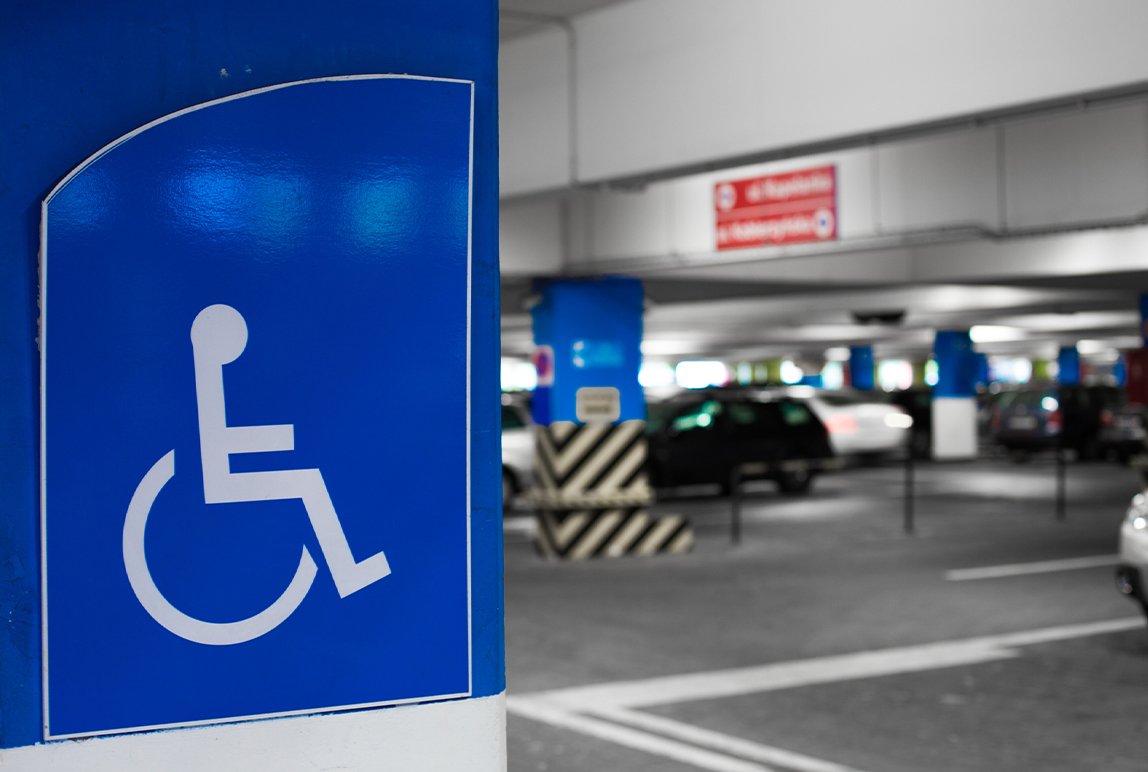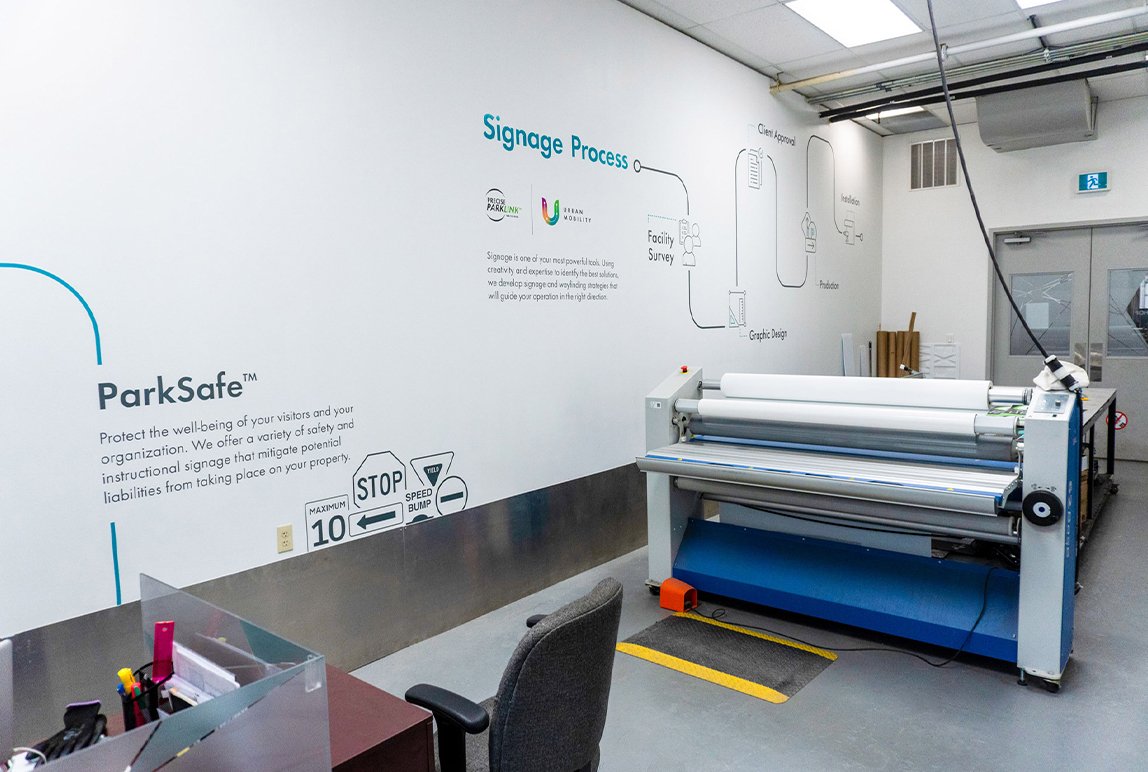4 Ways To Make Your Parking Facility Accessible
Posted: Dec, 14, 2021 8:55AM ET • 3.5 min read
How your organization can meet Canadian accessibility standards.
Accessibility is something that many of us tend to overlook; however, it is something that many of us have to take into account daily. Imagine not being able to pick up something at the grocery store or see your favourite movie at the theatres because of obstacles that are out of your control? That is what it is like when the world around you is not designed with you in mind.
Parking is the first touchpoint for many, which is why your facility needs to comply with Canadian accessibility standards. Making your parking facility accessible is not a difficult feat. All it involves is the consideration to make conscious changes and the right technology to do so. Here's how.
Accessible Parking Technology
Parking technology has come a long way, with advancements that aim to make the facility more accessible for all. Leading manufacturers and suppliers keep accessibility at the top of mind when designing new technology. These solutions include anything from touch operation, easy-to-use interface, operating height controls, induction loop hearing, self-service interactive devices, contactless payment, power door operators, call for assistance capabilities and more. Integrating accessible parking technology into your parking infrastructure can help ensure that your organization can provide equal opportunity for all visitors you welcome to your facility.
Parking Signage and Wayfinding
Whether you realize it or not, signage is equally, if not more, of a powerful tool to ensure accessibility for your visitors. Without it, it would not be easy to access and effectively use the facility. The signage throughout your lot should include a variety of safety and instructional signage that will mitigate potential liabilities from taking place on your property and protect the well-being of your visitors. Having braille decals on your parking equipment can also further assist visitors who are visually impaired.
Well Maintained Parking Lot
By law, you must maintain a barrier-free path of travel and all accessible parts of your facility. This also includes having a multi-year accessibility plan that explains what to do when accessible features of your facility are unavailable or not working. Regular maintenance of your
the facility will make it more accessible for all, but it will also help build reputability and trust with your visitors, encouraging them to frequent your lot over others.
Accessible Parking Stalls
Accessible parking spots are needed for those who may be unable to access an entrance with ease. They are often wider than standard parking spots, making it easier for those with accessibility needs or their caregivers to navigate their way around the vehicle. Wheelchairs, walkers and mobility aid devices require ample space for accessibility. Located closest to the entrance, these designated spots ensure safety when entering and exiting the facility. According to the Ontario Building Code, designated accessible parking space(s), whether external or internal, should be provided within 30 metres of the main accessible entrance.
Simply put, accessibility is good for business. It encompasses solutions that provide equal opportunity for all. However, it is an ongoing commitment that requires dedication and advancements to ensure that those both with and without disabilities can enjoy a barrier-free life. What does accessibility mean to you?
References
Accessibility in Ontario’s Building Code. (n.d.). Retrieved April 14, 2021, from https://www.ontario.ca/page/accessibility-ontarios-building-code
City Of Toronto Accessibility Design Guidelines [PDF]. (2004, April). Toronto: City of Toronto.
Hansen Foundation, Rick. (2015, April 01). Https://www.rickhansen.com/news-stories/blog/how-does-accessible-parking-work [Web log post]. Retrieved April 14, 2021, from https://www.rickhansen.com/news-stories/blog/how-does-accessible-parking-work
How to make public spaces accessible. (n.d.). Retrieved April 14, 2021, from https://www.ontario.ca/page/how-make-public-spaces-accessible#section-6
Share Article:
Featured Articles
ABOUT THE AUTHOR
Melissa Tucci
Client Relations Manager
Melissa’s extensive experience in a variety of roles with Precise ParkLink has given her a unique perspective on how to effectively navigate Precise ParkLink’s corporate structure to advocate on her clients’ behalf. Melissa’s success in her career with Precise ParkLink so far has been marked by thriving in fast-paced environments and going above and beyond to meet project stakeholders’ requirements. In her present role, Melissa leverages her client service skills and account management experience to act as her clients’ day-to-day point of contact. This entails playing a key role in ensuring that all client accounts are reconciled and paid in a timely manner, and supporting client engagements in the areas of staff training and development, project management, implementation, and scheduling.
Questions?
Fill out the form below and we will do our best to connect you with a suitable contact.













